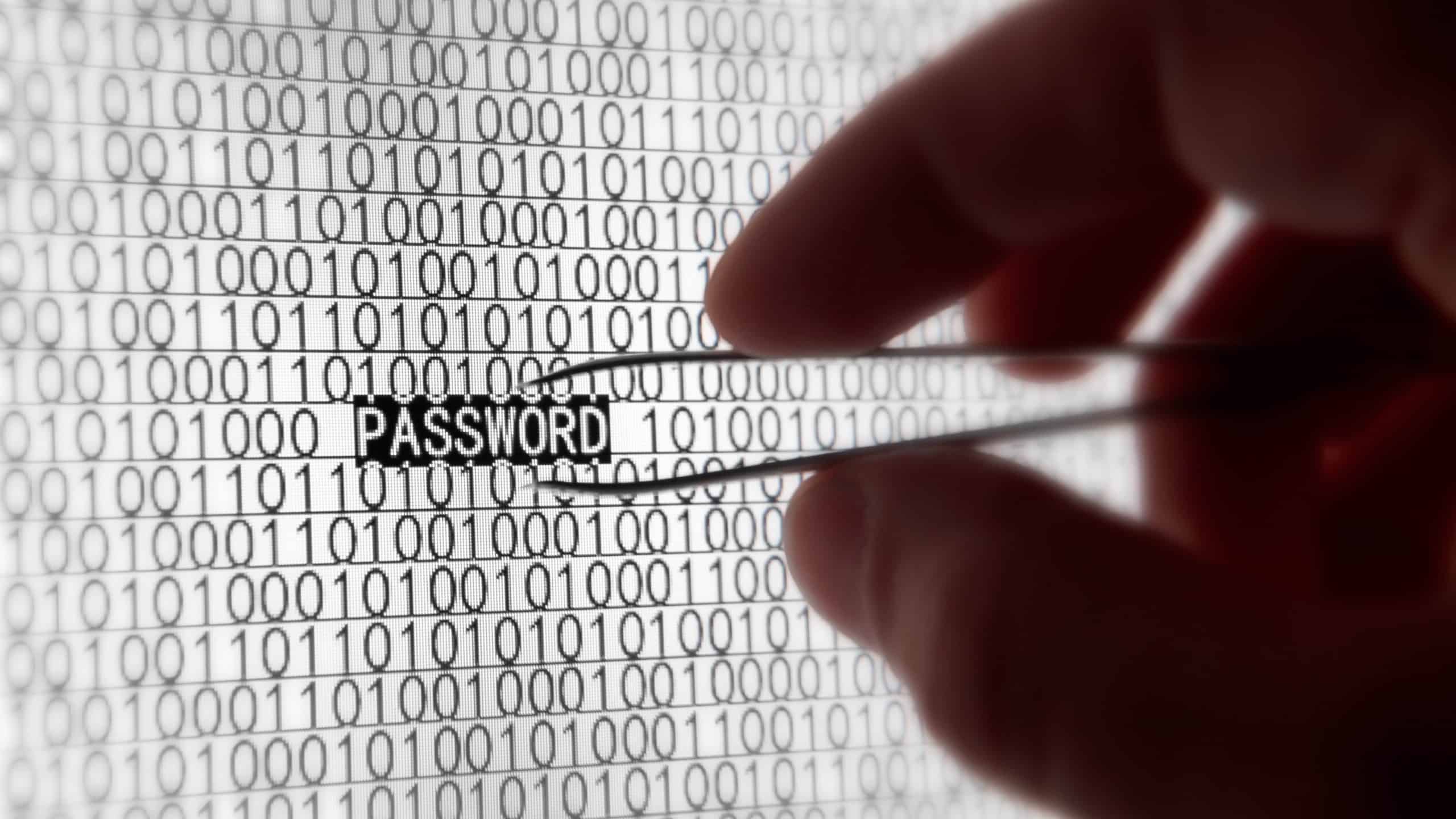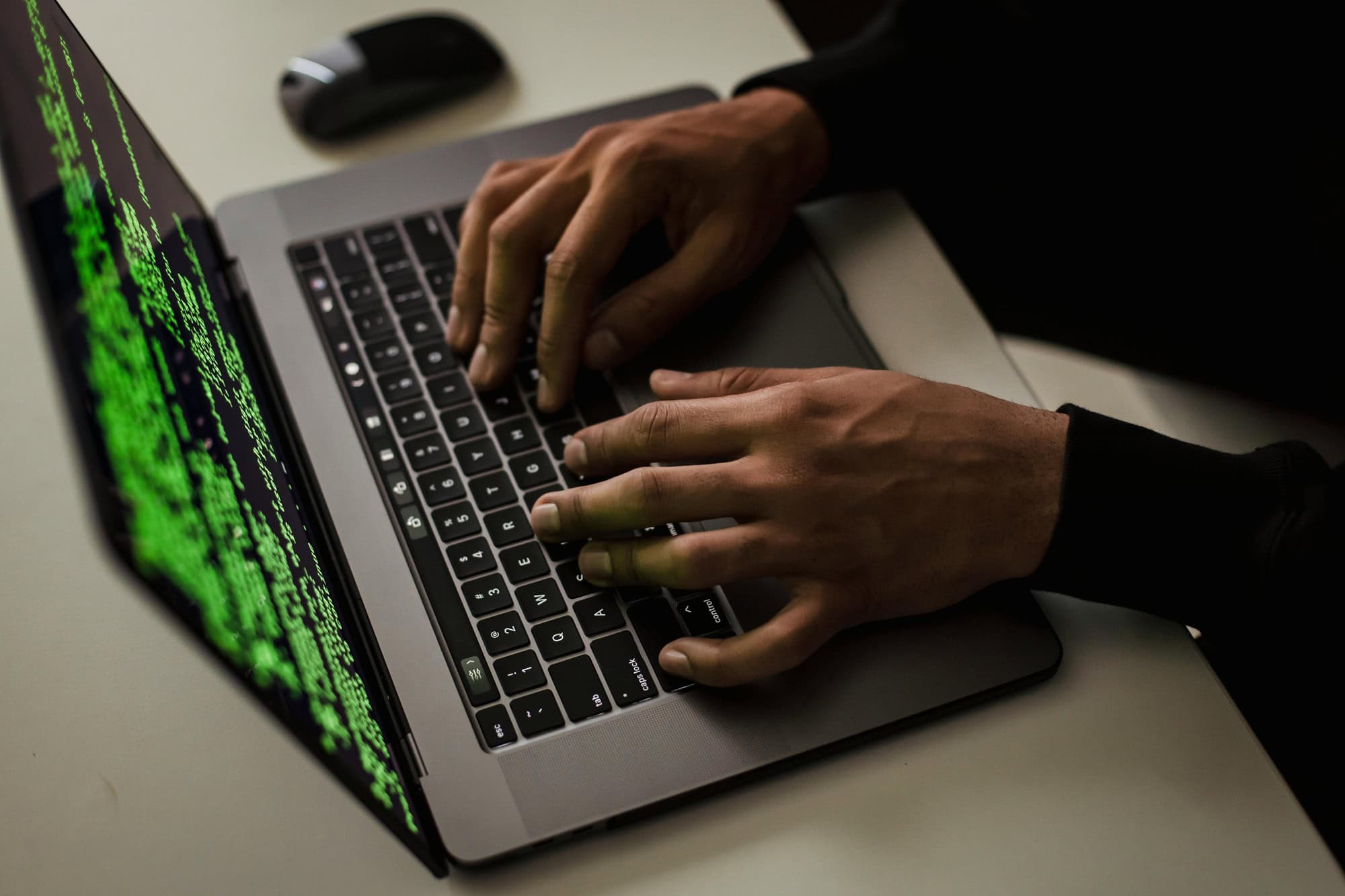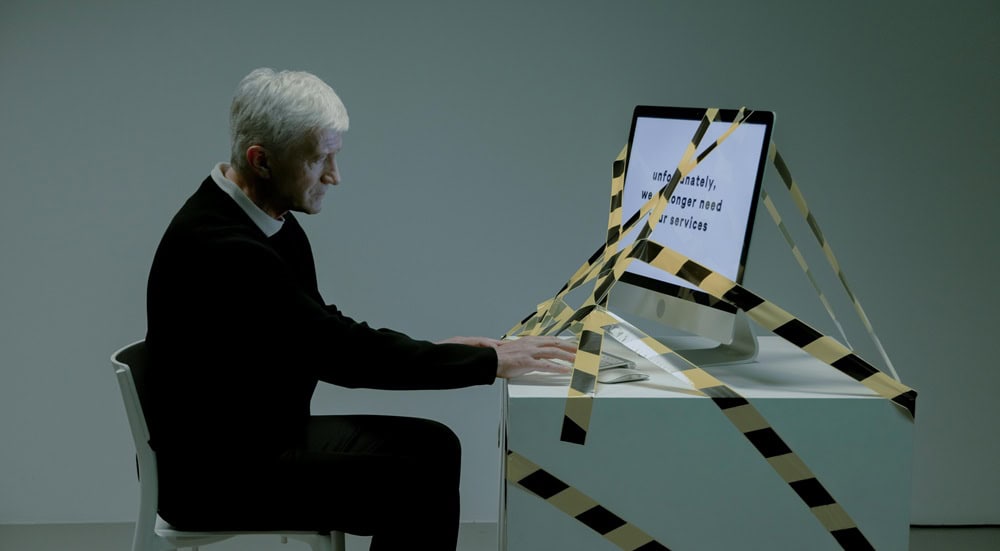A list of the worst passwords has been announced. And while some of them are worryingly simple, some are surprisingly complex.
List of the worst passwords
The full list looks like this:
1) 123456
2) password
3) 123456789
4) 12345678
5) 12345
6) 111111
7) 1234567
8) sunshine
9) qwerty
10) iloveyou
11) princess
12) admin
13) welcome
14) 666666
15) abc123
16) football
17) 123123
18) monkey
19) 654321
20) !@#$%^&*
21) charlie
22) aa123456s
23) donald
24) password1
25) qwerty123
Testing password security
Using this test to simulate a brute force attack, all of these passwords could be hacked in less than 5 minutes. Some took the software less than a second to break. This is somewhat surprising given that some like ‘!@#$%^&*’ use what some might assume were quite obscure symbols. However this indicates the sophistication of hacking technology.
Add to this the amount of passwords lost through data breaches and users need to think hard about to secure their computers and systems are.
Improving passwords
Steps to improve password security has made the news this year. This included reports from the Western Australian Government taking action after it discovered one in five of its 234,000 staff were using weak passwords. This included over 1,400 members of staff all using ‘Password123’ as their password to get into its government systems.
And password security is such an important issue that California has even legislated against the use of weak passwords for manufacturers of internet-connected devices.
If you are looking to improve your cyber security by creating a new password our advice is:
- Use lines from a favourite film or book
- Use words from foreign languages, or even the phonetic spelling of such words
- For highly secure systems use ALT key special characters – not # or @, but Æ or Ø (find ALT key commands here)
For more information about our cyber security services:
Find Out More



